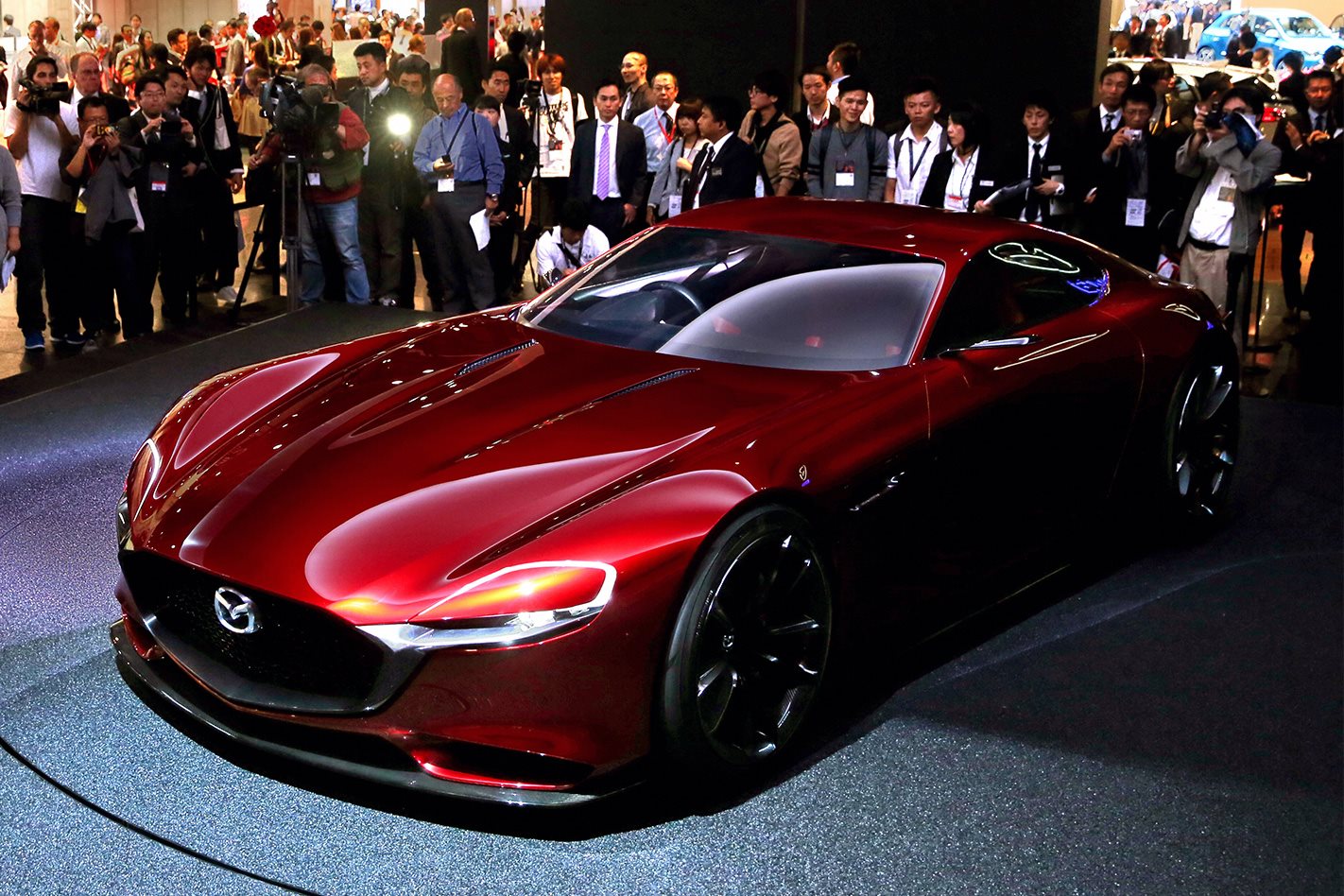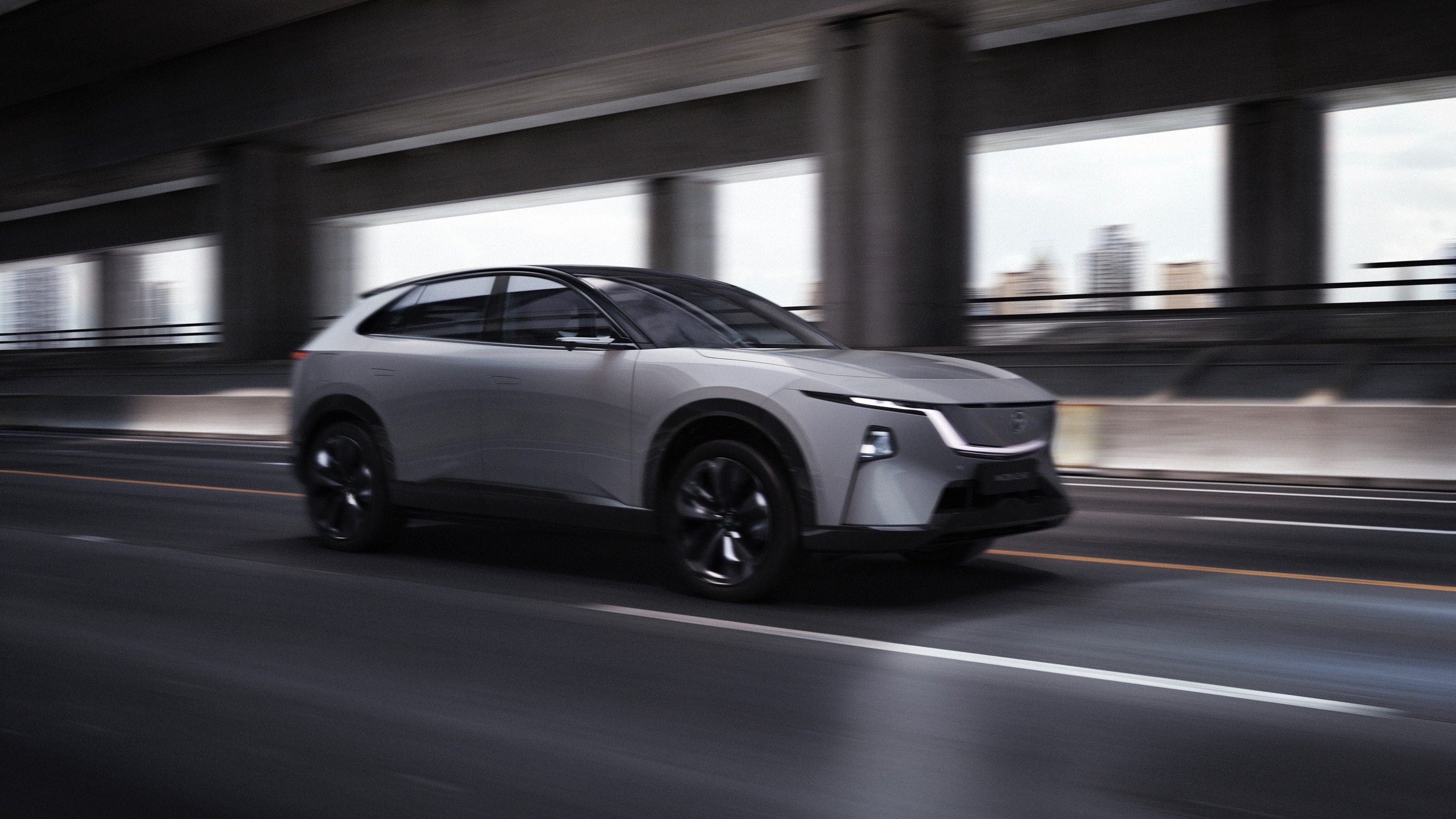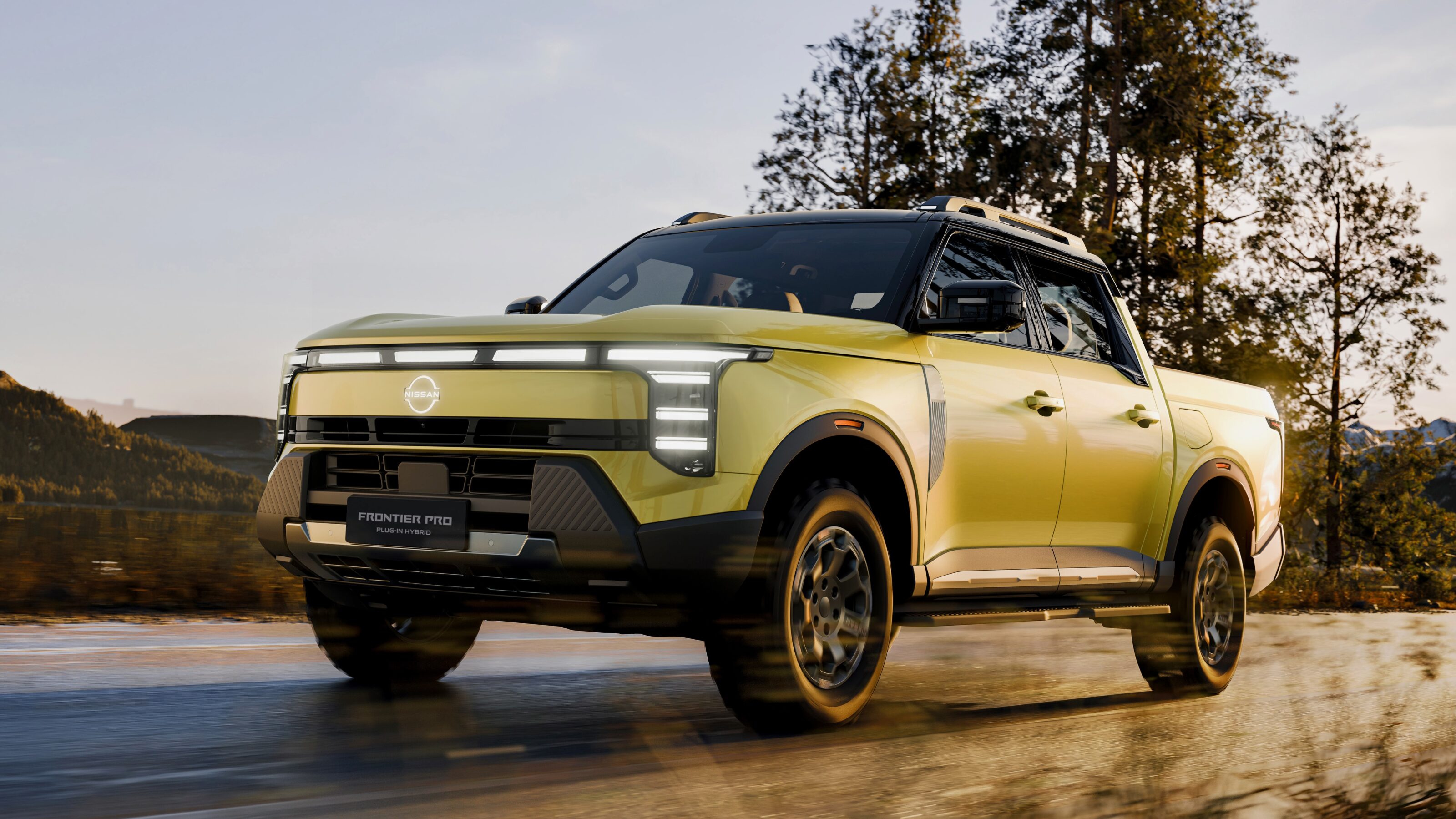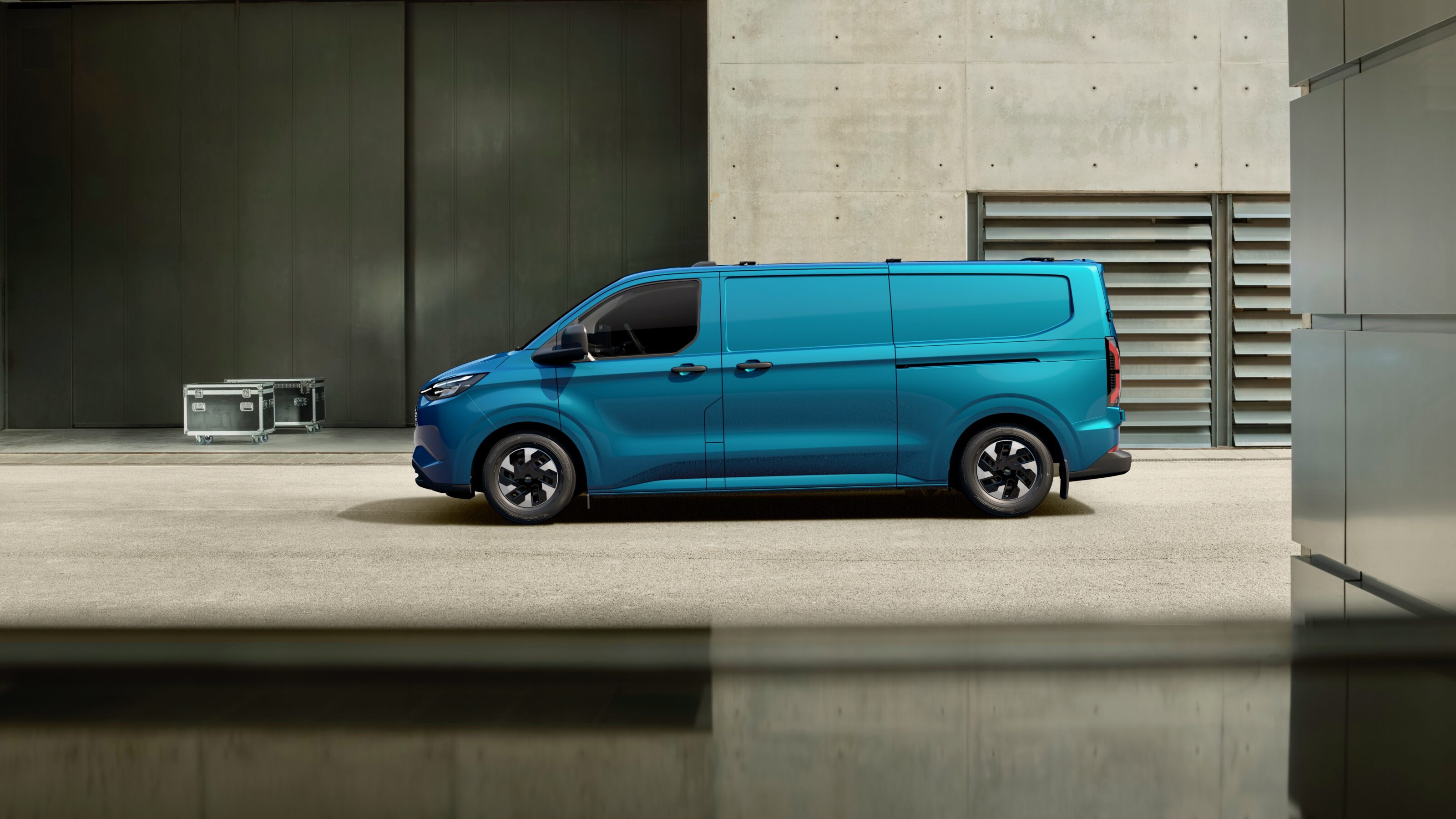ONLY one manufacturer’s stand at the 44th Tokyo Motor Show still had the world’s media crowding four-deep approaching closing time.
Mazda was showing a line-up of familiar Axela/Mazda3 and Atenza/Mazda6 sedans and the CX-3, CX-5 and recent Frankfurt concept Koeru SUVs. But the star was a velvety-red coupe concept, the RX-Vision.
It’s a car – or at least a promise – that only Mazda could make. The RX-Vision heralds the return of the rotary engine, tipped for 2017 and the 50th anniversary of Mazda’s first rotary sports car, the Cosmo 110.
Head of Mazda design Ikuo Maeda, who penned the last rotary RX-8 and whose father Matasaburo Maeda designed the original RX-7 of 1978, admitted that to design this “real sports car” had been “a dream”.
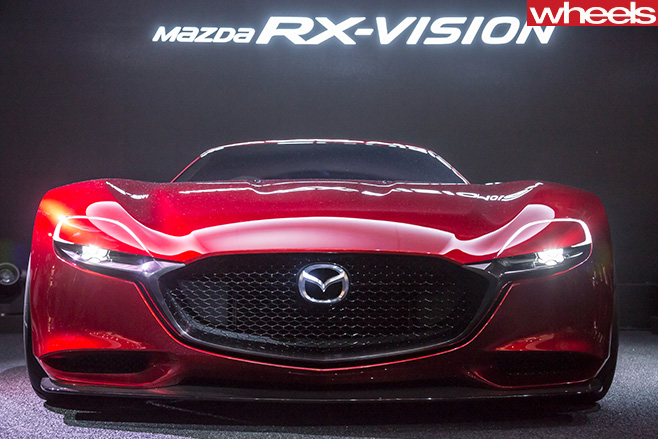
Here’s what we know about the production car that Mazda – and sports car enthusiasts worldwide – hopes will result from the show-stopping concept.
The RX-Vision is already real in its intention, if not much else. The fibreglass-bodied show car sits on a 2700mm wheelbase which, in production, looks set to be based on an independent platform. In contrast, its RX-8 predecessor was based on an enlarged version of the MX-5’s platform.
On the Tokyo turntable, the RX-Vision had pure supercar presence, thanks to the two-seater’s GT-like proportions, 20-inch wheels and imposing dimensions of 4389mm overall length, 1925mm width and 1160mm height. Maeda says the body surfacing, where light tumbles and zig-zags over its deceptively simple doors, took the better part of three months’ work.
Despite the long bonnet and tucked tail, proportions that imply a front mid-mounted V8 rather than a compact rotary, Maeda explains that the production version – likely to be called RX-9 – would not be a GT.

“The proportions were exaggerated for this concept,” he says. “The real car will be smaller – a real sports car.”
The RX-Vision concept was not designed around any set of engineering hard points: it lacks cut-lines for a front bumper, a solution for opening the bonnet and also, apparently, for opening the doors.
The interior is elegant and hand-crafted, divided by a transmission tunnel that Maeda insists could accommodate the relatively high gearbox location prescribed by a rotary engine’s output shaft.
The 1.6-litre, twin-rotor, turbocharged engine slated to power the production car has been dubbed Skyactiv-R and is said to be an evolution of the 1.6-litre 16X. This engine’s development was continued (not always with official sanction, admitted research and development boss Kiyoshi Fujiwara) after the 2012 demise of the RX-8 and its 1.3-litre Renesis rotary.
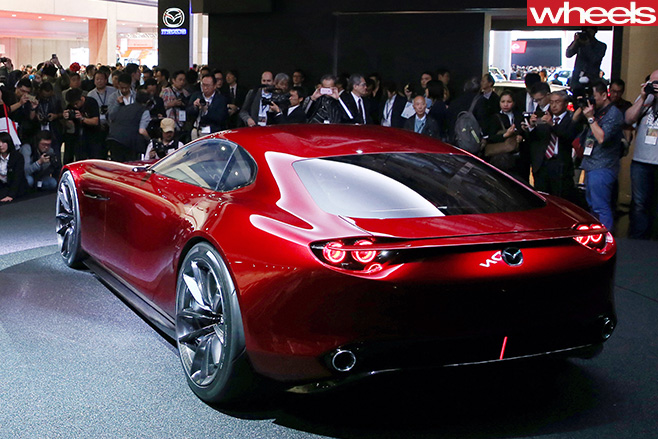
Significantly, the engineering team has been applying Mazda’s Skyactiv optimal compression ratio philosophy to the rotary, though Fujiwara adds that “the turbocharger is a big contributor to the future of the rotary”.
The engine’s hurdles remain as those of emissions, economy and durability. The placement of the spark plugs within the chamber is a “fundamental issue”, says Fujiwara, and a compromise between efficiency and spark plug reliability.
The rotary’s peculiarity to Mazda has also isolated it from development and manufacturing technologies commonly available to piston engines. One recent breakthrough was the ability to produce a transparent epitrochoid housing that allowed engineers to observe and optimise the rotary’s combustion process.
It’s believed that the Skyactiv-R is now not far off commencing vehicle prototype testing, in a program that will take into account all extremes of climate. Australia, being a critical market and not dissimilar in time zones, may well be on the test route.
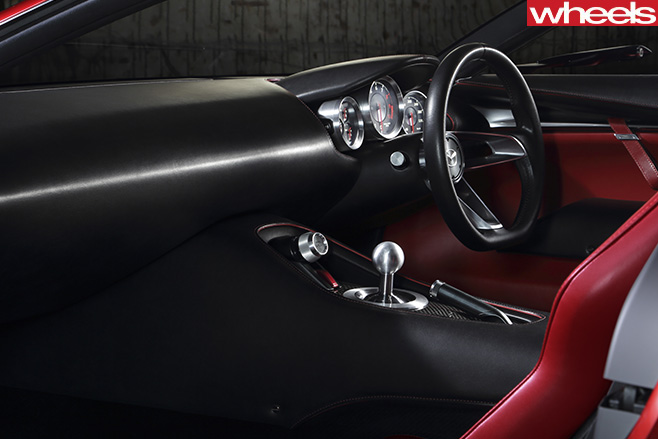
Fujiwara insists that the production Skyactiv-R “will only be for sports cars”. His intention is for the rotary to stand on its own two feet as a power source, at least initially; electrification could be added later, if emissions and consumption regulations became more difficult to achieve.
Along with the return of the rotary, the ‘RX-9’ would almost certainly usher in advances in body and construction, most likely composite panels and bonding techniques. “We don’t have a big sedan model like BMW’s 7-series,” Fujiwara said, referring to the process of trickling-down technologies from a fluffed-up flagship model.
It may prove significant that the Skyactive-R isn’t the only rotary engine under development. Mazda is striving to refine the 330cc, single-rotor range extender that was fitted to a fleet of evaluation Mazda2 EVs in 2013. Development is focused on reducing the size, weight and cost of the unit, so that it may be optionally fitted to any model platform without need of special chassis reinforcement. There is also discussion of its being produced as a portable domestic generator.
There’d be a nice circularity if its commercial success helped bankroll the rotary’s return to Mazda’s sports-car stable.

